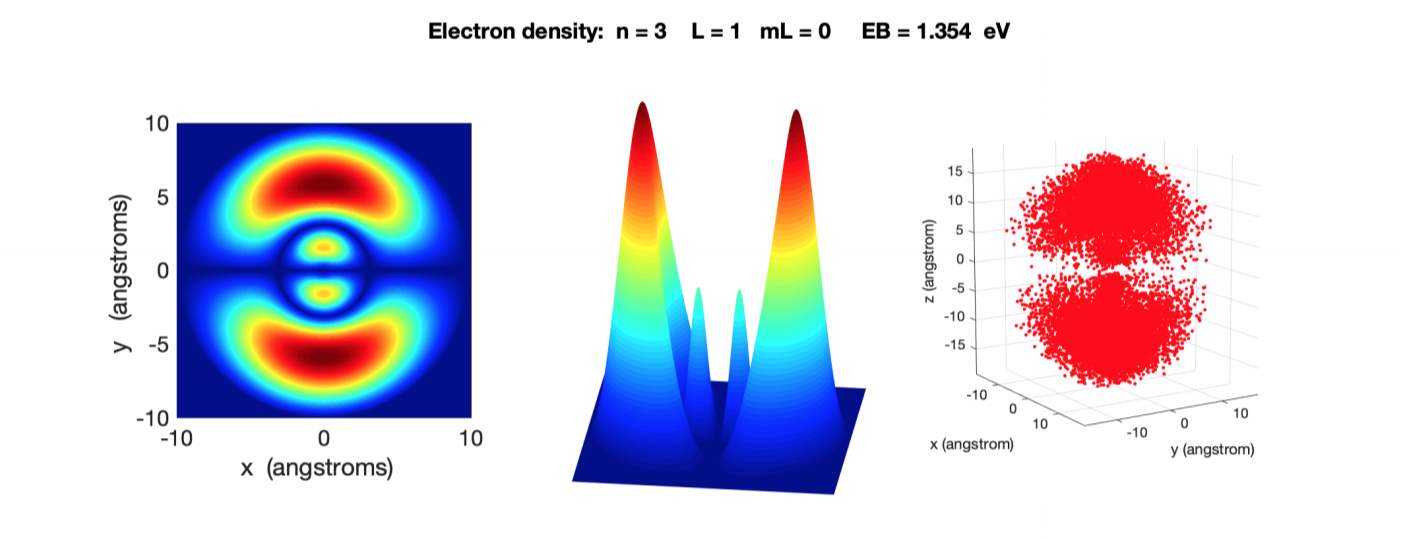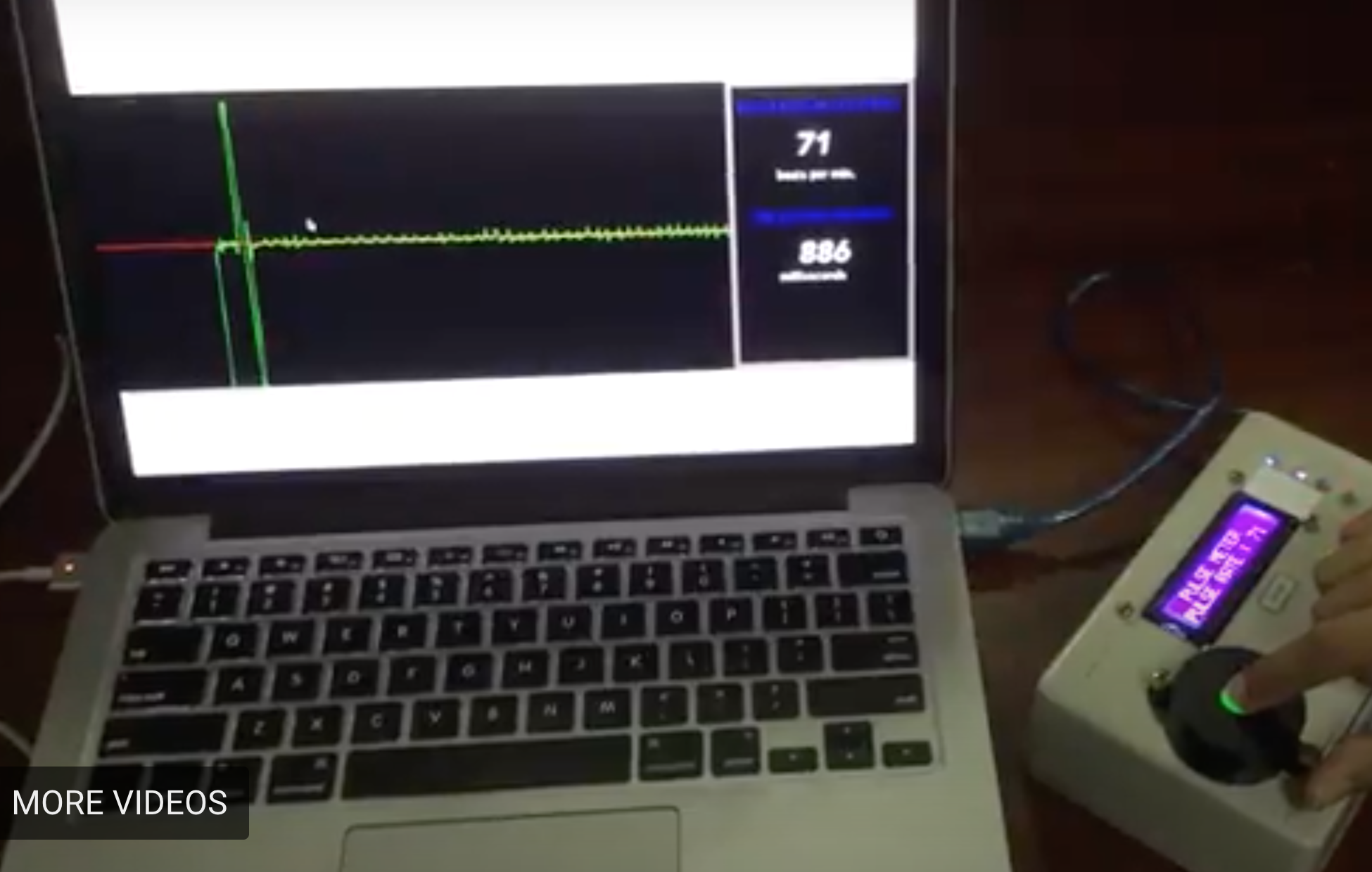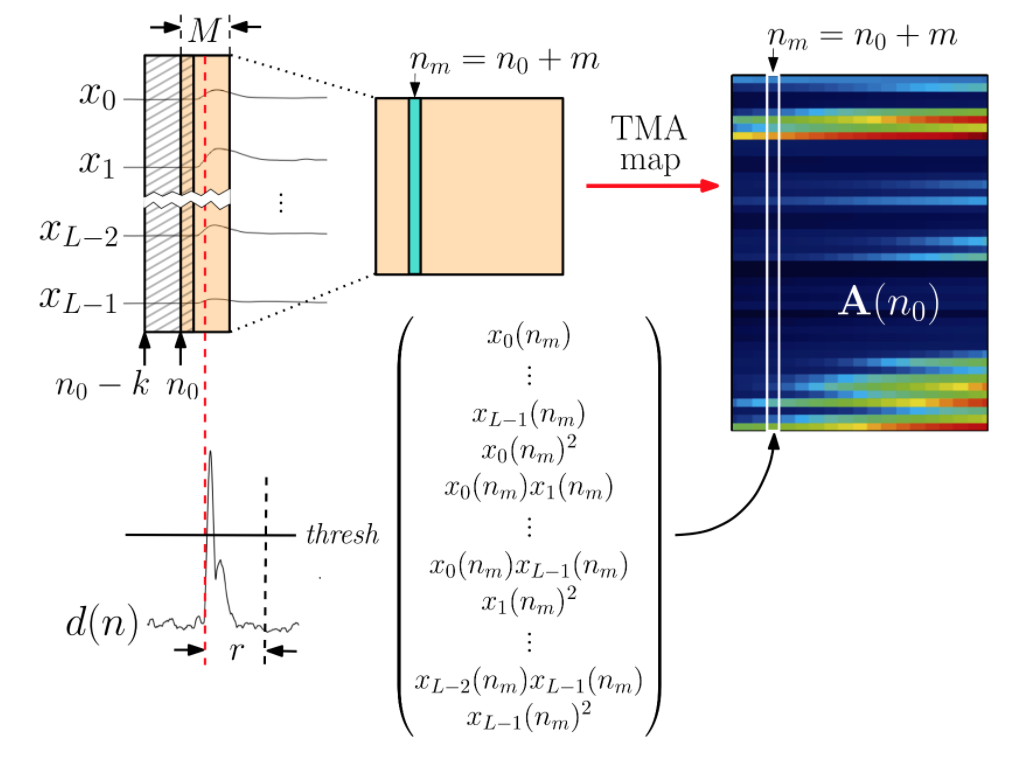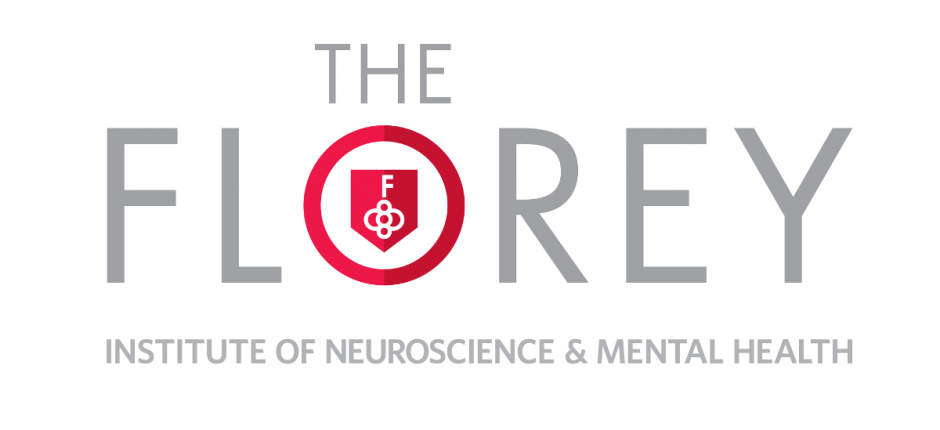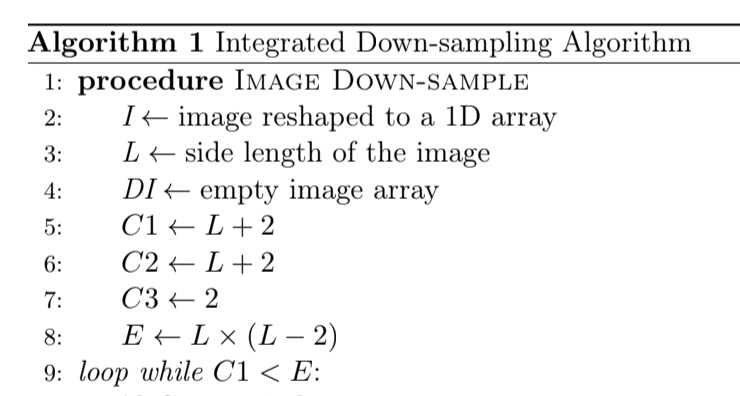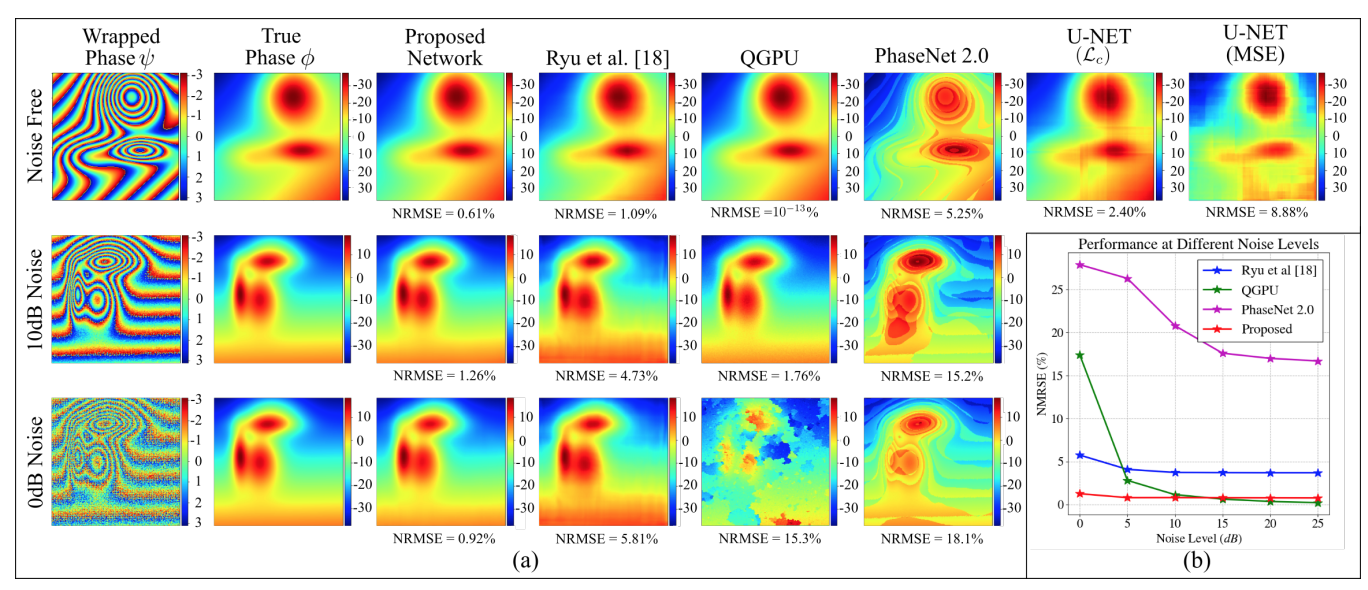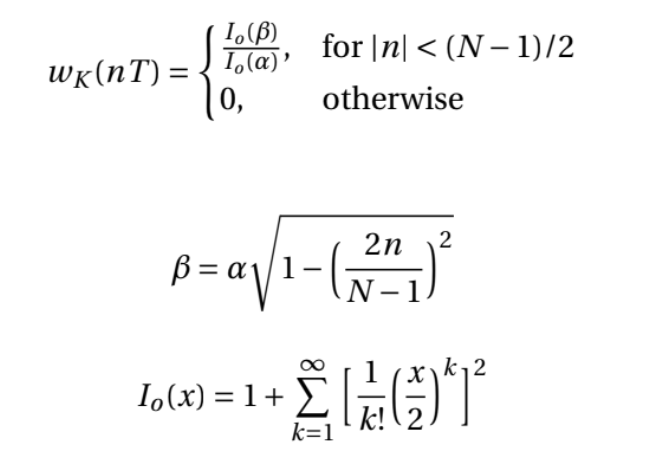research
Short descriptions of research projects.
- 2023.01 - Present
Prospective learning
Johns Hopkins
Developing theory and methods for learning under non-stationary distributions.
- 1 paper accepted at NeurIPS 2024
- 1 paper accepted at CoLLAs 2023
- 2023.10 - Present
Inhomogeneous Lipschitzs properties of large language models
Johns Hopkins, Microsoft Research
Summary TBA.
- 2022.08 - 2023.03
Provably optimal domain adaptation via Fisher's Linear Discriminant
Johns Hopkins, Microsoft Research
Developed algorithms aimed at optimal and private domain adaptation for physiological state predictive systems.
- Journal paper at Mathematics special issue on Statistical Analysis: Theory, Methods and Applications
- 2022.01 - 2022.12
The value of out-of-distribution data
Johns Hopkins
Investigated the impact out-of-distribution (OOD) data have on a supervised learning task.
- 1 paper accepted at ICML 2023
- Best short paper award at OOD-CV Workshop, ECCV 2022
- Presented at Distribution Shifts workshop at NeurIPS 2022
- 2021.08 - 2022.03
Kernel density networks
Johns Hopkins
Proposed an algorithm that enables a trained neural net to yield well-calibrated posteriors for both in- and out-of-distribution inputs.
- Under review in AISTATS 2023
- Presented at the NAISys 2022 workshop, Cold Spring Harbor.
- 2021 - 2022
Domain adaptation for in-bed human pose estimation
University of Moratuwa
- 1 Paper accepted at ICASSP 2021
- 2nd runner-up at the IEEE Video and Image Processing Cup, ICIP 2021
- 2020 - 2021
Deep learning-based phase unwrapping
University of Moratuwa
Developed a joint convolutional spatial quad-directional LSTM architecture for 2D phase unwrapping
- 1 Paper accepted at ICASSP 2022
- 2020 - 2021
Automated retinal and conjunctival vessel extraction for vascular tortuosity analysis
University of Moratuwa
Developed a novel retinal and conjunctival vessel extraction framework featuring a fully convolutional network paired with a Hessian based multi-scale vessel enhancement technique
- 2019 - 2020
Cost-effective active dry-contact sEMG sensor system
University of Moratuwa
Designed and developed cost-effective active dry-contact sEMG sensors and acquisition circuitry, formulated a real-time hand gesture recognition algorithm using Temporal Muscle Activation maps based on multi-channel sEMG signals, interfaced the sensors and the recognition algorithm to produce control signals to drive a bionic hand
- 1 Paper accepted at ICASSP 2020
- 1 Paper accepted at SMC 2020
- World finalists at IEEE ComSoc student competition
- Finalists at SLAAS Awards
- Finalists at SLIoT challenge
- 2018 - 2019
CNN-based phase unwrapping from QSM images
Center for Advanced Imaging, University of Queensland
Worked on computer vision algorithms aimed at tackling the phase unwrapping problem prevalent in MRI images derived from Quantitative Susceptibility Mapping (QSM).
- 2017 - 2018
Algorithms for processing and analyzing multi-electrode array signals
The Florey Institute of Neuroscience, University of Melbourne
Developed machine learning and signal processing algorithms to analyze multi-electrode array (MEA) signals acquired from in-vitro neuronal networks. These algorithms were used to study the network dynamics of various ion channel mutations responsible for genetic epilepsy
- National Finalists at Migara Ranatunga awards for best internship project
